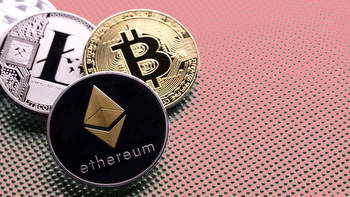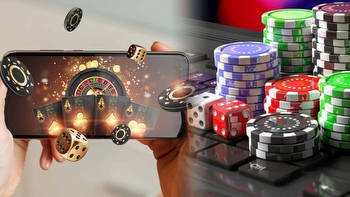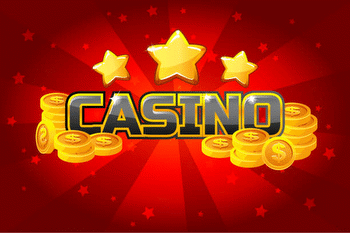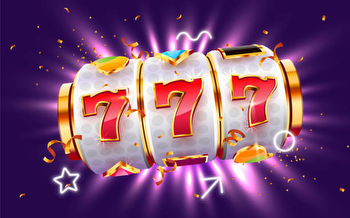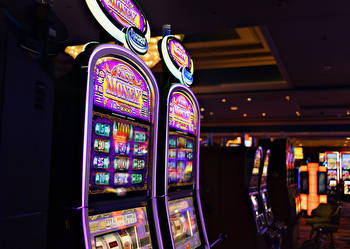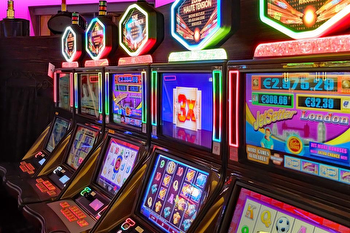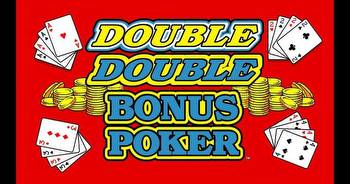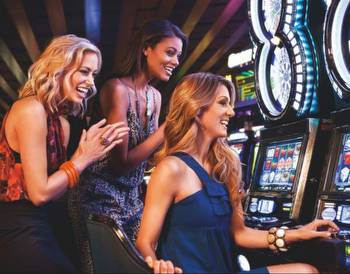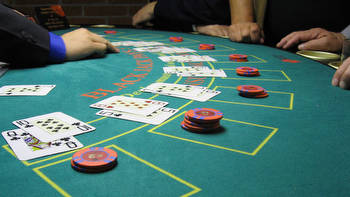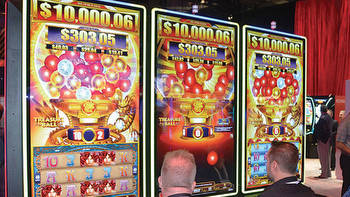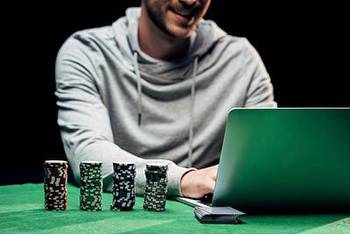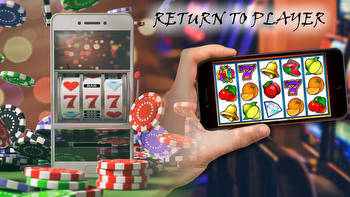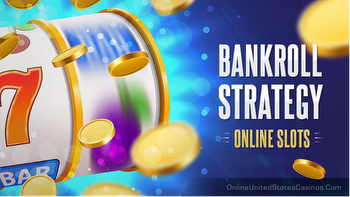Understanding slot machine percentages

A shuffle through the Gaming mailbag:
Q. I don't get slot machine payback percentages. When a casino says its games pay 90 percent, why don't I actually get 90 percent. I put $20 in a penny slot, I'm not cashing out $18. More often than not, I'm cashing out zero. Isn't that zero percent?
A. Did you bet your entire $20 without a single payoff? That would be a zero percent payback.
But that's not what happens. You get payoffs of varying sizes while you play. Those go on the credit meter. Often, you'll make additional wagers with those credits.
If you get enough pays that you make $200 worth of wagers before you lose your stake, then you've lost $20 of $200 in wagers. You've lost 10 percent of your wagers, and the payback on that particular session is 90 percent even though you've cashed out nothing.
That aside, overall payback percentages on machines and throughout the casino are a jumble of winning sessions and losing sessions. When someone hits a $1,000 jackpot, that offsets a lot of small losses. The wins and losses together contribute to the payback percentage.
In sessions that don't include a winner big enough for you to walk away ahead of the game, your average payback percentage will be lower than the overall percentage. In sessions with big winners, your payback can be thousands of percent.
Both the big wins and the losses are part of normal probability. In the end, the odds of the game will drive results toward a targeted payback percentage. Some players will be happier than others, but the casino will collect its share.












